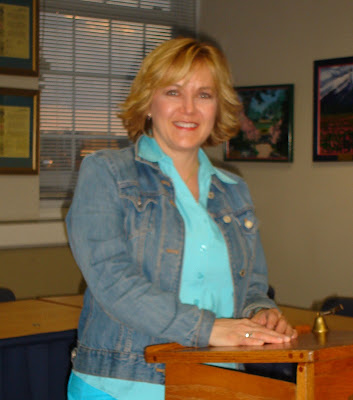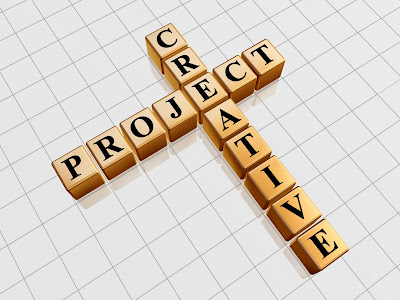
As we close in on the holidays, it’s likely many of you will be hitting the cineplex for entertainment. Luckily, the prospects are pretty good. Here are my two cents on the movies that have opened so far this season…
Up in the Air. This is THE movie to see this year. Not only does it have George Clooney, charming despite playing a morally repugnant character who fires people for a living, but it resonates with the country’s current financial straits and the isolation we can feel in our lives. It is pitch perfect from start to finish. The characters have chemistry and the dialogue is funny, surprising and touching. It's the best movie I’ve seen since last summer’s 500Days of Summer!
The Blind Side. A feel-good movie in the best tradition—and it’s based on a true story of a white family that took in a homeless, 6-foot plus black teenager with a sweet nature. It’s touching and engrossing. Sandra Bullock pulls off the role of a blonde Southern belle with nerves of steel. Country singer Tim McGraw does a fine job as her husband and the boy who plays their son steals the show with his antics. A definite yes (and suitable for the whole family).
Everybody’s Fine. I didn’t hate this movie as much as some reviewers; in fact, I might even venture to say I enjoyed it! It's a small, quiet film, but I thought it made some salient points about the relationship between fathers and their children and it was well-acted by Robert DeNiro, Drew Barrymore and others.
Avatar. You’ve gotta shell out the extra bucks to see this movie in 3-D because it transports you to a different world! The effects are amazing, the story is engrossing enough, and it even has a message (about community and about preserving the environment). Personally, I think it is about an hour too long (and you’ve seen the battle in the last third many times before if you’re a sci fi fan), but enjoyable for young and old.
Did You Hear About the Morgans? The reviews were horrible for this film--and well-deserved. Being the good sport and movie nut that I am, I went to see it anyway. Sarah Jessica Parker is miscast, too serious, and looks homely (WHO convinced her to go with bangs?). Hugh Grant gamely tries to carry the movie with his usual wit and charm, but isn’t given enough to do. The end result: the movie is predictable and unfunny.
On my Christmas list:
• It’s Complicated with Meryl Streep, Alec Baldwin and Steve Martin. This one has been called “middle-aged lady porn” for its story of a tossed-aside spouse whose cheating ex-husband comes back to woo her.
• Sherlock Holmes with Robert Downey, Jr., Jude Law, and Rachel McAdams. Love ‘em all and this film looks like fun.
• Young Victoria with Emily Blunt as the English queen of yore.
• A Single Man with Colin Firth, in what sounds like a breakthrough role as a gay man who loses his partner and his will to live.
• Crazy Heart with Jeff Bridges, as a torn-up, run-down country singer.
• Nine with Daniel Day-Lewis and a host of women. I saw the show and it wasn’t much to write home about, but I’ll see this anyway for the musical interludes. The Penelope Cruise number was a showstopper when Jane Krakowski (of 30 Rock fame) did it on Broadway.
• The Lovely Bones and The Road…both sad stories. I'm on the fence about these two because of their content. I hate how the movie industry releases these "serious movies" in the dead of winter, as if we're not depressed enough already!
Merry Christmas!















